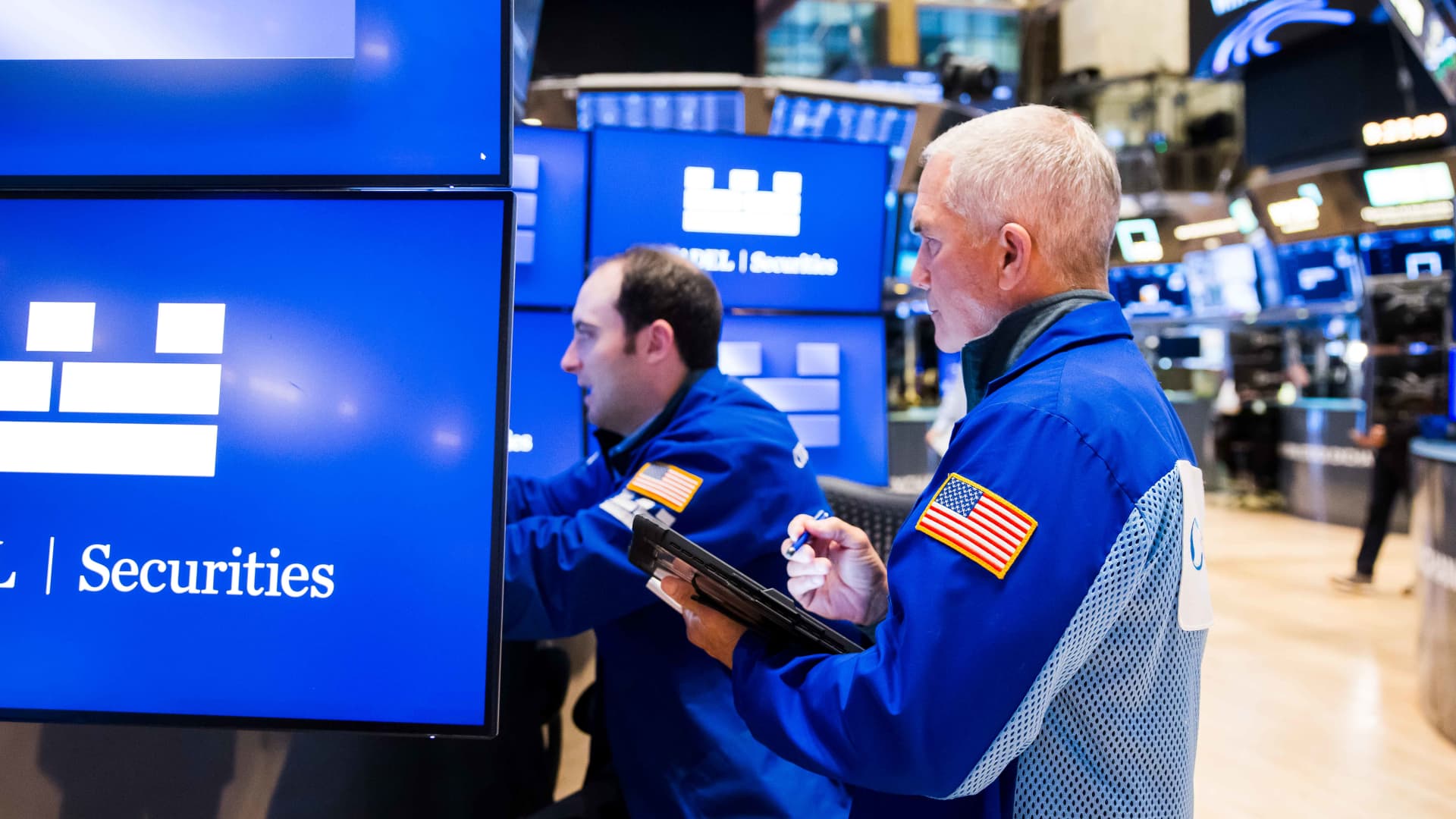Copyright CNBC

The stories being told by the overall S & P 500 performance on the one hand, and what's going on under the surface, are diverging in a big way. The broad market index climbed 2.3% in October, marking the benchmark's sixth straight monthly gain. During the month, the S & P 500 scaled fresh record highs, as enthusiasm around artificial intelligence and a thawing in U.S.-China trade relations boosted investor sentiment. The only problem is not every stock participated in the upward move. In fact, the number of declining S & P 500 stocks outnumbered advancing ones during October. Of the 500 stocks in the benchmark, 296 fell in October, including JPMorgan Chase and Walmart . If breadth doesn't improve soon, it could spell trouble for Wall Street. "New Lows continue to expand while the number of stocks trading above their 50 [day moving average] has fallen to 40%," wrote JC O'Hara, chief market technician at Roth Capital Partners. "Overall, the enthusiasm from Technology has been able to keep the equity markets moving north and while we may not 'need' additional participation, we would sure welcome it. The market was able to 'lean on' a handful of stocks and several silos of themes. How much longer can they carry the load?" Indeed, much of the S & P 500's advance last month was powered by only a handful of tech stocks. Nvidia rallied more than 8% last month, with its market cap briefly topping $5 trillion. Amazon surged 11.2%, while Google- and YouTube owner Alphabet soared 15%. The average S & P 500 stock, however, fell 1.2% in October. On top of that, BTIG's Jonathan Krinsky warned about an ominous signal that flashed last week. He pointed out that about 9% of S & P 500 stocks reached new 52-week lows on Wednesday. "Since 1990 there have only been four distinct periods when SPX had more 52 week lows than highs, the [percentage] of 52-week lows exceeded 8%, and the SPX itself was within 3% of a 52 week high," he said. "The periods were: Dec. '99, Nov. '07, July '15, and Nov. '21," which all preceded big market downturns.



